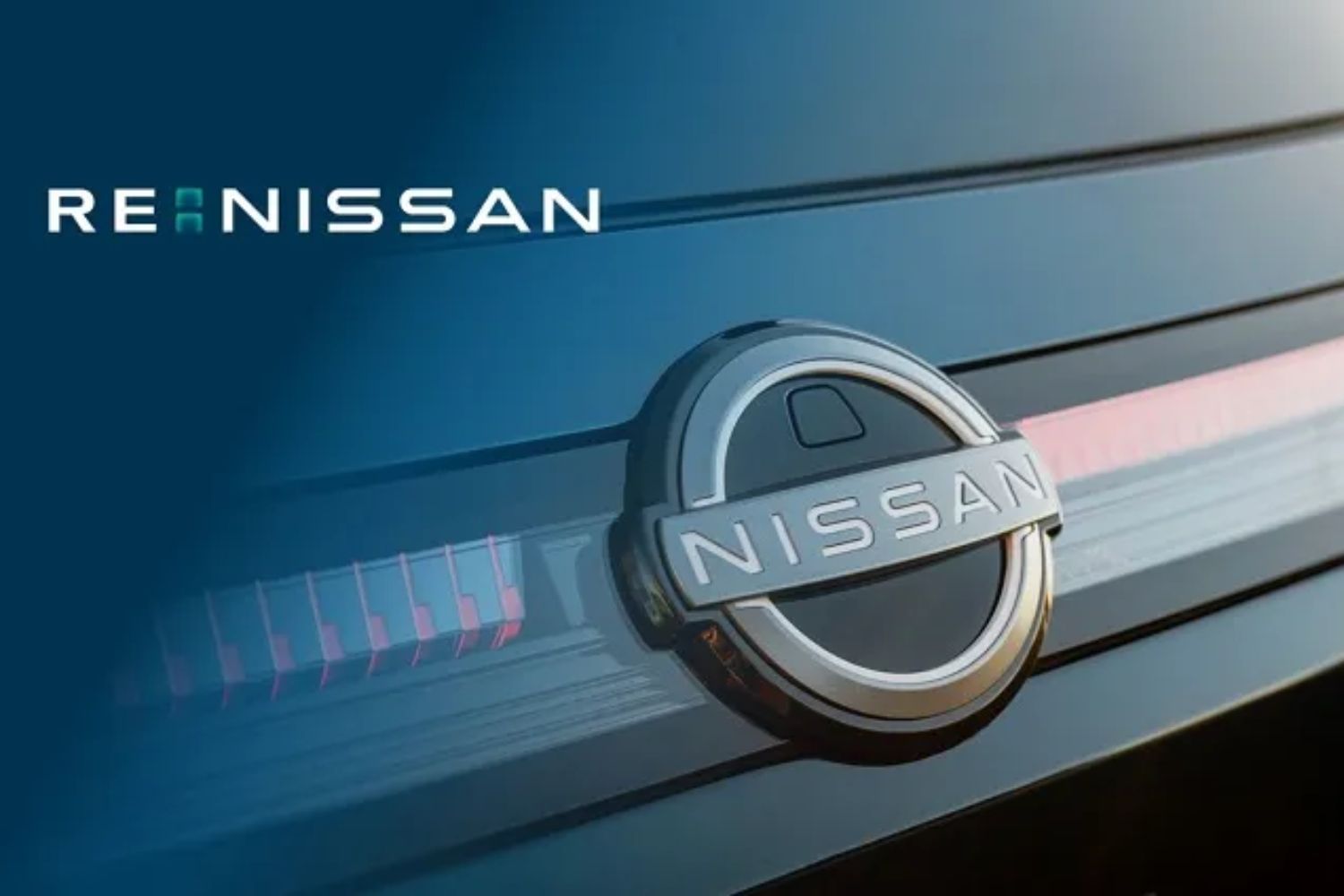Nissan will close seven factories and make 20,000 people redundant as part of a drastic recovery plan to create a “leaner, more resilient business that adapts quickly to market changes”, in the wake of announcing huge net losses for the financial year 2024.
The company's latest financials show that, having made a profit of ¥426.6 billion (Japanese Yen, around €2.6 billion on a direct exchange) in financial year 2023, it lost ¥679.9bn (around €4.1bn) in its most recent 12 months of reporting - a net swing of nearly ¥1.1 trillion (€6.7bn).
To that end, it has come up with 'Re:Nissan', a comprehensive restructuring plan that aims to save the beleaguered Japanese company ¥500 billion (€3 billion) annually in fixed and variable costs, primarily through facility closures and staff reductions.
What did Nissan say about the shocking financial reports?
Ivan Espinosa, the president and CEO of Nissan said: “In the face of challenging FY24 performance and rising variable costs, compounded by an uncertain environment, we must prioritise self-improvement with greater urgency and speed, aiming for profitability that relies less on volume.
“As new management, we are taking a prudent approach to reassess our targets and actively seek every possible opportunity to implement and ensure a robust recovery.
“Re:Nissan is an action-based recovery plan clearly outlines what we need to do now. All employees are committed to working together as a team to implement this plan, with the goal of returning to profitability by fiscal year 2026.”
What does Re:Nissan involve in order to save money?
To cut back on variable costs, one of its tactics is to put a hold on any advanced and post-FY26 product activities - that indicates a halt on all new-model car developments. This will allow 3,000 members of Nissan's staff to focus on cost-reduction initiatives.
However, Nissan says this prioritisation of employees “was made possible through the company's swift implementation of a shortened development process that reduces lead time and ensures no delays in product launches”, so end consumers shouldn't notice a break in the product cycle. It will also be achieved by Nissan revisiting its panel of suppliers, concentrating on greater volumes from a smaller number of suppliers.
Aggressive cost-reduction targets of ¥250bn (€1.5bn) have been set, with Nissan accelerating engineering and cost efficiencies by implementing what it calls a “rigorous” governance model. A cross-functional transformation office, staffed by what Nissan says are 300 experts, has been established and has power of veto on all cost decisions.
How about fixed costs?
The other half of the annual savings, to be achieved by FY26 (meaning the outlook for FY2025 looks bleak too), will involve closing some of its production facilities and getting rid of 20,000 employees, regrettably.
Nissan currently has 17 vehicle production plants worldwide but aims to reduce that to just 10 by FY2027 - which means that the nearest facility to Ireland, the plant at Sunderland in the north-east of England, could be under threat. That factory makes Qashqais, Jukes and, until 2024, Leaf EVs for the European markets. This decision also means a planned lithium iron phosphate battery plant in Kyushu, Japan, has been shelved.
The bigger human impact will be on jobs. Nissan will reduce its workforce by 20,000 between now and FY2027, although this number incorporates a previously announced reduction of 9,000 jobs. Those affected include direct and indirect roles, and contractual workers in manufacturing, as well as sales, general and administrative, and research and development too.
Is there anything else planned?
Re:Nissan will see development processes altered to reduce engineering costs, complexity, and improving development speed at the same time - the company reckons it can develop a first vehicle in a family in 37 months, with subsequent models in the same family punted out in just 30 months; the next Skyline, plus an all-new global C-segment SUV, will fall under this regime. Parts complexity will also be slashed by 70 per cent, which could affect the way future Nissans drive when compared with the competition, and the number of platforms (chassis) used by the company will be reduced from 13 now to just seven by FY2035.
Other changes will include a redefined market and product strategy, matching local customer needs with a tailored product plan in an effort to return to profitability. It will target key territories - the US, Japan, China, Europe, the Middle East and Mexico - and then adopting a 'customised approach' to any other market in the world where it sells cars.
Finally, Nissan will have to leverage its partnerships, currently with Renault and Mitsubishi Motors, to produce shared models for global markets. This will include selling a Mitsubishi EV in North America that will be based on the next-gen Leaf platform. And Nissan will also collaborate with Honda on vehicle intelligence and electrification, with a proposed merger between the two - more of a Honda takeover of Nissan, in fairness - having collapsed in February of this year.

